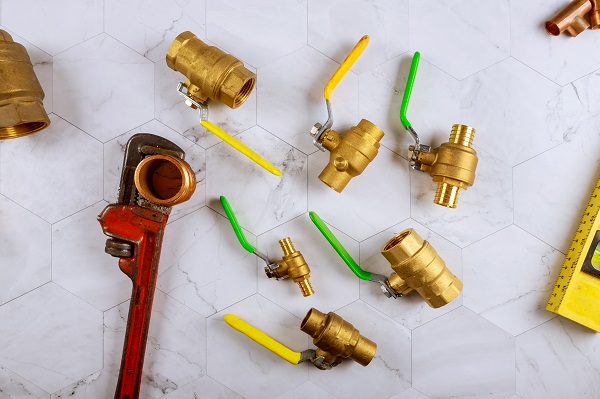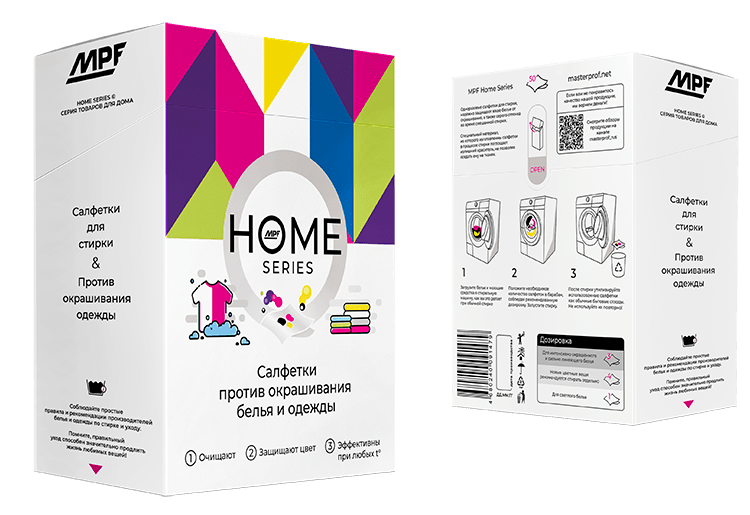If you have to install piping systems in private or industrial construction, then with a high probability you will come across brass fittings while working. These are special shaped products that are used to connect or branch pipes, as well as to create piping systems.
The popularity of brass fittings over other types of fittings is due to their versatility. They are suitable for the installation of not only steel pipes, but also pipes made of metal-plastic, HDPE or polymer.
Brass fittings are preferred by buyers for their varied assortment, high strength and safety.

What is brass
Brass is the main material for creating these fittings. It is a copper-based alloy to which a minor metal, zinc or lead, is added. The proportions of this alloy are artificially changed, which affects the properties of the finished products. In addition, the composition can be diluted with other elements that will enhance the properties of brass.
Brass has the following advantages:
- Resistance to corrosion and reduced gas saturation;
- High resistance to mechanical stress;
- Long service life and quality of the connection;
- Low coefficient of friction;
- Anti-friction properties;
- Versatility (installation for pipes of different materials).
Often, a special composition is applied to brass products, which forms an additional protective layer on the surface of the product. Such products are called nickel plated or chrome plated fittings.
Of course, if we compare fittings made of brass and stainless alloy, then the former will be inferior in their performance characteristics, but the affordability of brass products plays a key role in the choice of fittings. If the operating conditions allow the use of these connections, then it is better to opt for brass.
The main characteristics of brass.
|
Melting temperature |
900-1045 ° C |
|
Density |
3000-5500 kg/cub.m. |
|
Specific heat-absorbing capacity at 20 °С |
0.377 kJ/kg-1/K-1 |
|
Specific electrical resistance |
0.07-0.08 Ohm / m |
Difference between brass and bronze, steel or copper. What’s better in plumbing
As we said above, brass fittings are inferior to metal or steel products in terms of strength and resistance to high pressure. However, their price plays a key role, especially when purchasing for industrial sites. The price of such fittings is much lower than that of analogs made of other metals. Brass, in turn, has increased flexibility and is easy to install.
The strength of brass products can be increased through the use of alloying additives. For example, aluminum, tin, manganese and others. They are able to increase strength, resistance to pressure, deformation and other factors.
Types of brass fittings
There are many types of brass fittings. They differ from each other and have specific advantages. Brass products are divided according to purpose and installation method:
Classification by purpose
The assortment is very wide and varied, since the scope of their use is extensive. The most popular fittings are:
- Straight couplings (connection of two pipes of the same size);
- Elbows (used to change the position of the pipe);
- T-pieces (connect and separate piping systems);
- Crosspieces (connect pipes together);
- Sleeves (used to extend the length of the pipe);
- American unions (variation of the pipe sleeve. Pipe connection using a union nut);
- Nipple (connection of two pipes);
- Flanged socket (connection to technological equipment, for example, to a boiler);
- Threaded fittings (connection of pipes to meters);
Each of all the listed products has its own installation method depending on the thread. In addition, products with a one-piece connection type are very popular on the market.
Classification by installation method
According to the installation method, fittings are divided into two main groups: detachable and non-detachable connections. For detachable connections, threaded and crimp fittings are used. One-piece uses welded or adhesive fittings.
Detachable
This type of connection has a spiral-shaped element. By the name you can understand that it is available for removal after installation, but physical force is required. Typically, a split fitting is screwed in or installed over a pipe chamfer. For sealing, use plumbing cord, tow or other suitable means.
The advantage of such a connection over an integral one is lightness, ease of use and the possibility of removal after use.
Non-detachable
To achieve maximum strength of the connection, a one-piece connection type is used in the fittings. After installation, it is no longer possible to remove such a fitting. They are actively used in the construction of pipeline systems in pits and buildings. Installation is performed using pressing tongs. These fittings include:
- Welded fittings;
- Glue fittings;
- Compression fittings.
Brass fittings advantages
Brass fittings allow to connect different parts of the piping system. They have many configurations and are distinguished by a large assortment. Brass parts have deservedly found their widespread use in wide production due to the unique combination of advantages:
- High strength;
- Ease of operation;
- Affordable price;
- Low weight;
- Tightness and safety;
- Long service life up to 50 years;
- Resistance to corrosion and low temperatures;
- Eco-friendliness (due to the unique material, water does not absorb the harmful substances);
- Smooth inner surface that prevents the formation of harmful substances.
How to select fittings?
The main thing in choosing a brass fitting is the ability to distinguish a quality product from a fake. Unfortunately, there are many unscrupulous manufacturers and distributors on the market, and when choosing materials, you need to carefully study all the criteria:
- Always pay attention to the weight of the part. If it seems to you that the product is too light, then this indicates that the manufacturer saved money and made the walls too thin. Remember that the density of brass is 5 g/cm³;
- The second thing to focus on is the quality of the product. Examine the fitting carefully. It should be free of chips, poor-quality thread, crooked exit or other defects. As a test, you can connect it to a pipe right in the store;
- Estimate the price of the item last. If it is too low for the market in your city, then you need to think about why that is. Perhaps the manufacturer saved on alloy and the product could lead to breakdown of the entire pipeline system.
Main technical characteristics
MasterProf Company produces connecting fittings, the main technical characteristics of which correspond to the current state standards and have all the necessary certificates. Our products are supplied to factories, enterprises and stores of famous companies, including Leroy Merlin, OBI and others.
Our brass fittings meet all key specifications:
- Smooth inner and outer surfaces allow you to quickly notice and correct damage, and also prevents the occurrence of harmful substances on the material;
- All our fittings are free of cracks, chips, other defects and meet all the stated requirements;
- They are completely sealed if the installation instructions are followed;
- In production we use state-of-the-art mechanisms and high quality materials. In one package with our fittings, you buy reliability and quality.
Operating and application conditions
To ensure a long and high-quality operation of brass fittings, we recommend that you comply with all operating and application conditions. They are used at temperatures no higher than 2000 °C. The maximum pressure in the medium must be 20 bar. However, in pipes using steam, the pressure should not exceed 10 bar.
Since brass has increased ductility and lends itself to slight deformation under heavy load, the presence of brass products in the pipeline system creates increased strength. This is important when laying a pipe system underground, since it is known that the soil begins to shift depending on the season.
As we said above, brass is an alloy of different materials, where copper and zinc are most often prevalent. All characteristics, depending on the alloy, are always indicated in the accompanying documents and have their own marking system. Along with this, additional materials can be added to the alloy to improve strength, ductility, or the alloy can be coated with a corrosion protection in the form of chromium or nickel.
Brass fittings from manufacturer
Connecting fittings are necessary for a high-quality pipe connection. Brass fittings are the most reliable, affordable and convenient of all fittings. Their use will definitely reduce your expenses and time for laying pipes.
Buy brass fittings from MasterProf to keep your piping system safe. We have been on the market since 2012 and have successfully supported the work of many well-known companies. Our catalog contains a complete range of brass fittings.
We deliver throughout Russia and the CIS countries in a short period of time. This means that you do not have to worry about deadlines or sales stagnation. We have extensive experience in wholesale supplies, so we have a large stock of brass fittings and other products for plumbing in our warehouse.
In case of any questions, feel free to contact us by phone or leave a request on the site. Our experienced specialists will advise and answer all your questions. We will give recommendations on how to work with our product and offer the best delivery method to your region. Contact the MasterProf Company!

